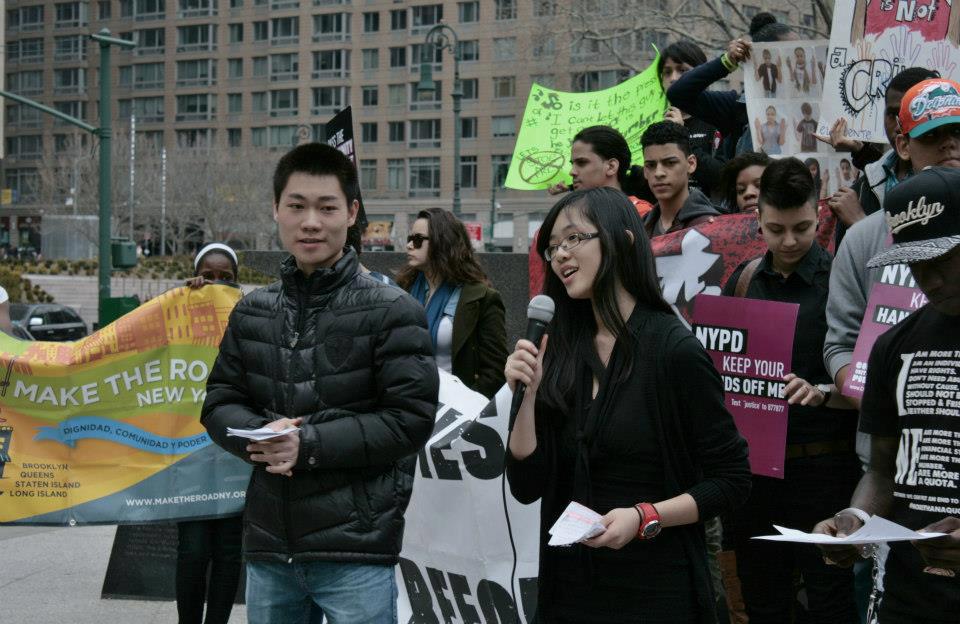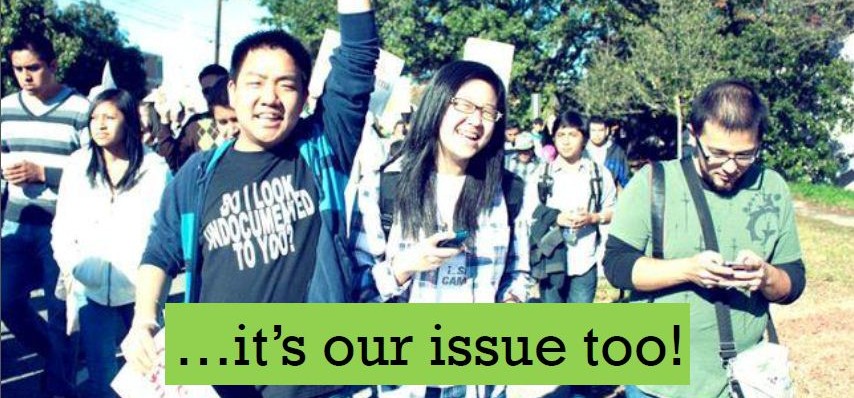Refugee and immigrant youth have a hard time adjusting to American schools and society due to differences in culture, which results in an educational gap. Additionally, parents cannot provide their children with the resources that they need because they are also going through the same transitional process where they are learning a new language, seeking stable employment, and trying to learn about American culture.
In urban areas around the country, many grassroots organizations are working to build leadership and promote awareness in AAPI communities to advocate for AAPI immigrants and refugees. These organizations are community-based, so they involve members of the community, including immigrant and refugee students and workers, grassroots organizers, teachers, social workers, and more. Many of these grassroots organizations offer holistic services for not only AAPI youth, but also parents and migrant workers, and provide support such as legal services, English translation, workforce development services, and housing services.
Most of these organizations have some sort of organizing model. For example, both DRUM and CAAAV use a five pillar model consisting of base building (community outreach), leadership development (led by organization members), direct action campaigns (bringing members to the streets to get their voices heard), alliance building (working with a broader network of organizations), and organizational development (fundraising, volunteer coordination, database management).4

Above: Members of CAAAV’s youth activism program, rallying to promote awareness about police harassment in Asian communities in NYC
43
The work that these organizations have done have been very successful in community organizing, particularly the youth activism and development programs. The youth leadership programs give AAPI students the tools they need, such as organizing, leadership, and teamwork skills, and campaigning and political knowledge so that they can raise awareness about issues that others may not necessarily know about because of the “model minority” myth. They are educated about the critical issues affecting their communities, so that they can take action, which has the potential to lead to social and policy reform. The youth development programs allow students to receive extra help that is not necessarily provided in their schools, such as ESL classes, one-on-one tutoring, and college preparation.
There have also been many litigations and cases regarding educational equity for AAPI students, addressing issues such as the widespread harassment of Asian immigrant students at South Philadelphia High School, and the lack of ELL resources in New Orleans schools.5 The challenge of insufficient funding exists for most grassroots groups, as well as difficulty for groups to reach the general public about issues affecting AAPIs because of the widely accepted “model minority” myth.
